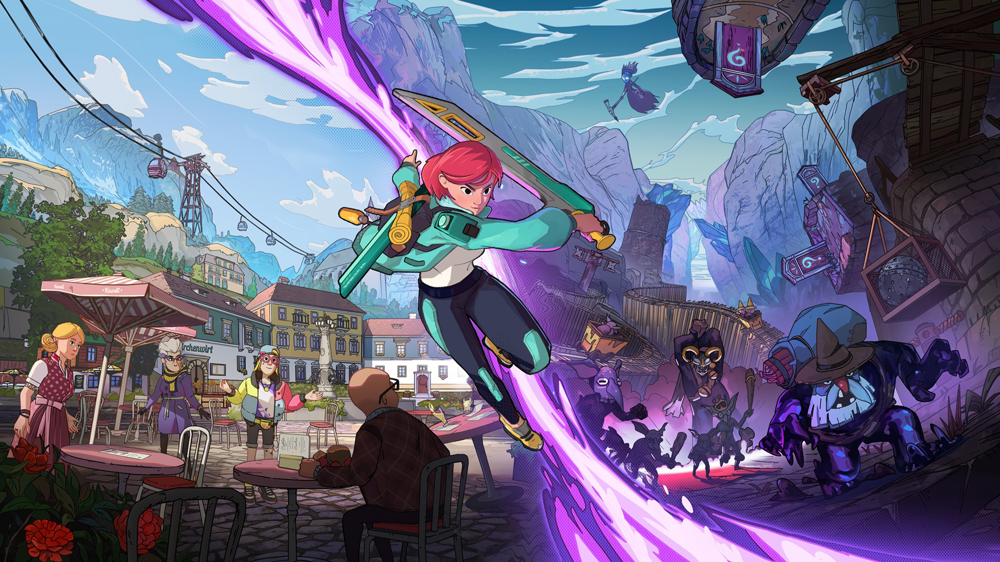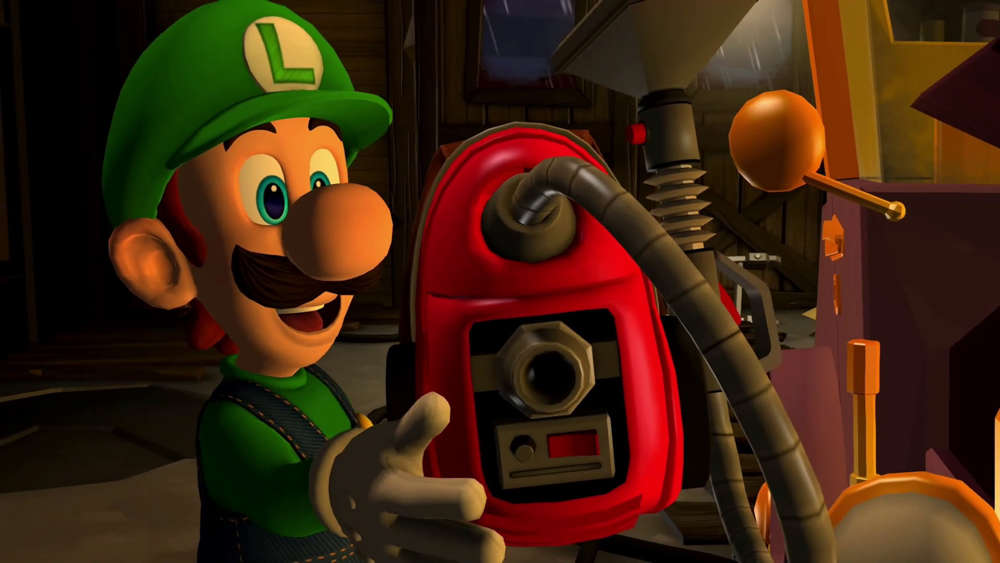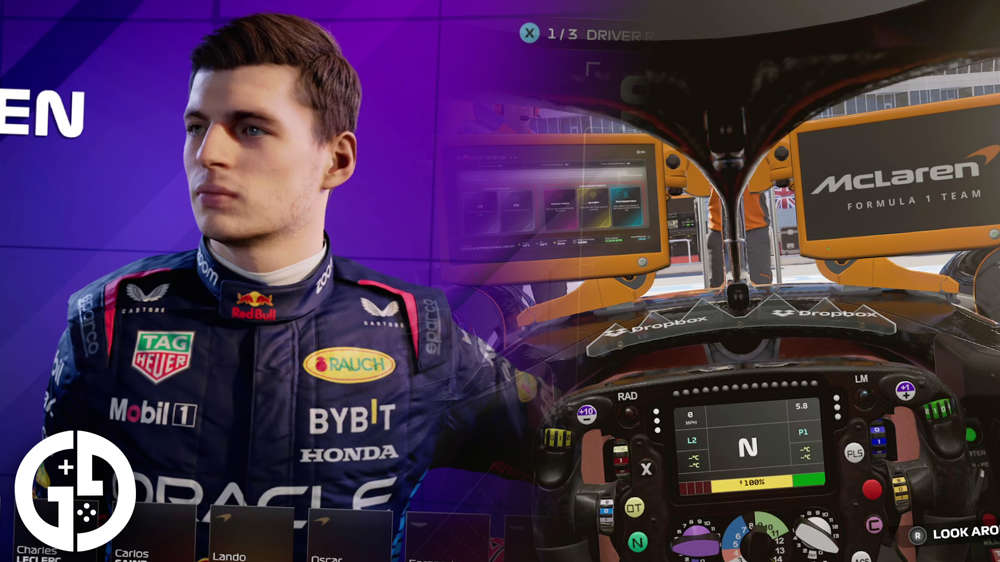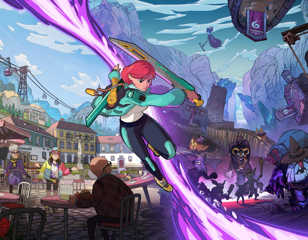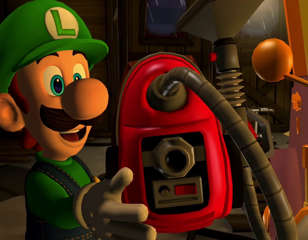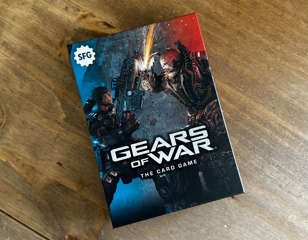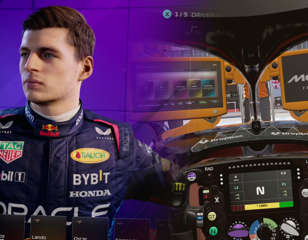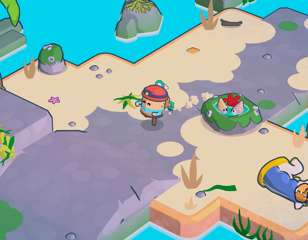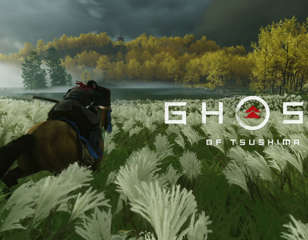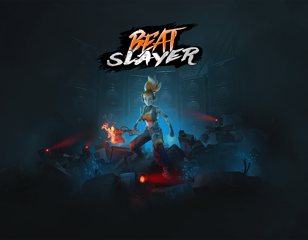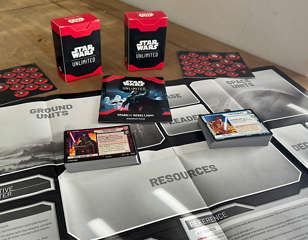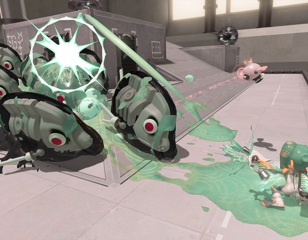Gears of War Card Game review: Mad World
Can’t wait for E-Day and don’t want to replay the prior Gears of War titles? This might be the next best thing. The campaign is long but fun, and the unique way of paying for your units gives the Gears of War Card Game something all its own to back up its solid combat.
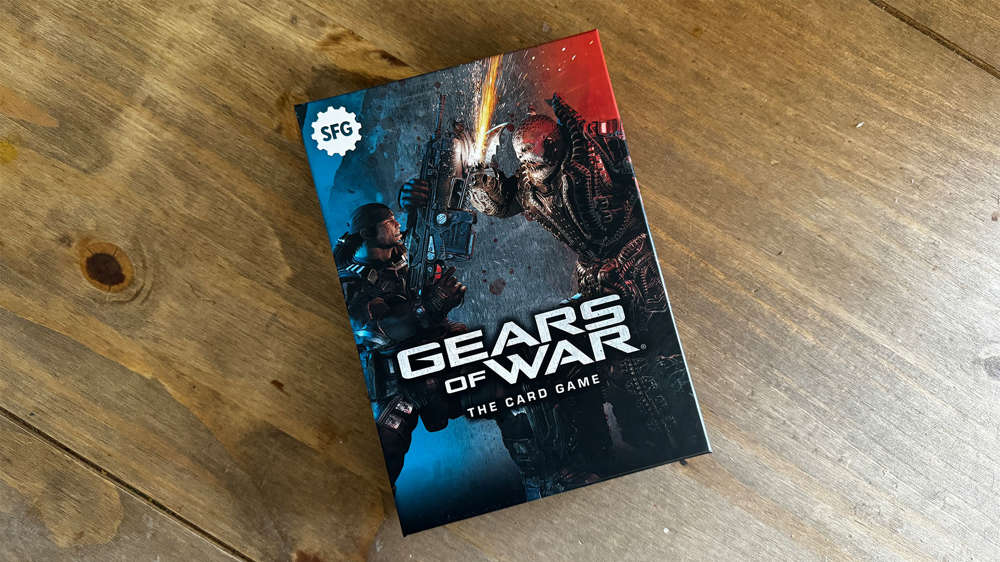
Can’t wait for E-Day and don’t want to replay the prior Gears of War titles? This might be the next best thing. The campaign is long but fun, and the unique way of paying for your units gives the Gears of War Card Game something all its own to back up its solid combat.
Images via Steamforged Games | GGRecon
While the Gears of War Card Game has been around for a little while, it’s perhaps fortuitous that I’m reviewing it now. Not only have I spent the last couple of years falling in love with all sorts of card games, but the announcement of Gears of War E-Day at Microsoft’s Summer Showcase has me itching to pull the trigger on a Lancer in any way I can get it.
Sticking with the classic early era of Gears of War, the card game does a fantastic job of meshing the cover-based shooting mechanics with the resource management of the format, while retelling the classic storyline of the first title.
GGRecon Verdict
Can’t wait for E-Day and don’t want to replay the prior Gears of War titles? This might be the next best thing. The campaign is long but fun, and the unique way of paying for your units gives the Gears of War Card Game something all its own to back up its solid combat.
Gears of Cardboard
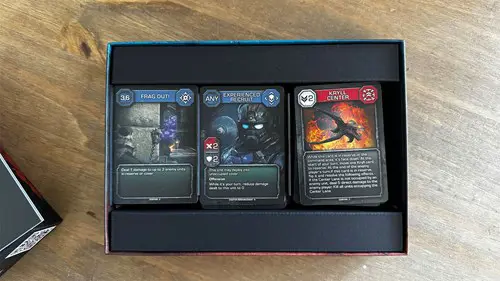
The first thing you’ll notice when you open the box is a slick rulebook/player guide that’s full of information and thankfully printed in colour, making it very easy to follow.
Underneath that, there are three piles of cards that you’ll use to assemble decks for the COGs (the human faction, for those uninitiated) and the Locust (the baddies), as well as campaign cards that carry you from Marcus Fenix’s prison breakout all the way to the end of the first game’s campaign. There are also cover cards that depict the locations you’ll be hunkering down behind.
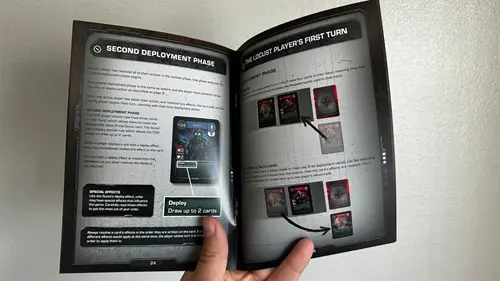
Each scenario has a series of cover options that you place in the middle of the table, and these naturally ramp up in complexity as you progress. The Prelude campaign card, for example, calls for two low walls and one high wall, making for a relatively simple battlefield.
Setup is easy, and I was able to convince my partner, who has no affinity for the Gears of War franchise, to give it a go and we played through an entire campaign together.
Frag out!
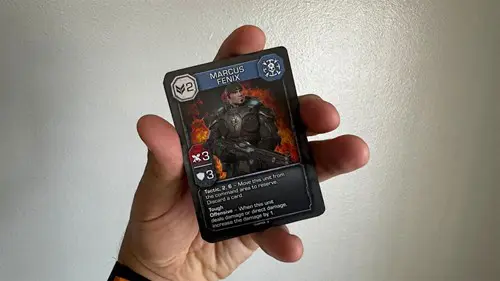
Moment to moment, players play cards from their hand into the positions on the field, attacking an opponent if they’re already in one of those spots.
That slow push up the battlefield is Gears of War in a nutshell, and I mean that in the best way. Players get two deployment phases, and in the first, you can draw and play units into your reserves. Tactic cards also act as “one-and-done” effects you can trigger.
None of this is particularly distinct, but rather than tapping lands for Mana or earning fresh Mana each turn, you actually play Gears of War cards based on the number you have in your hand. Some cards can be played at any time, but others will require a set number of cards to form your hand.
This means if you want to play a Boomer, you’ll need one card or seven in your hand. You can sculpt your hand over multiple turns to hit seven, or you can expend as much as you can and make the Boomer your big play, knowing you’ll potentially have little in reserve. This gives every draw added weight and makes for some intense combat phases as you wait to see what’s left in your hand before pushing reserves into the fray.
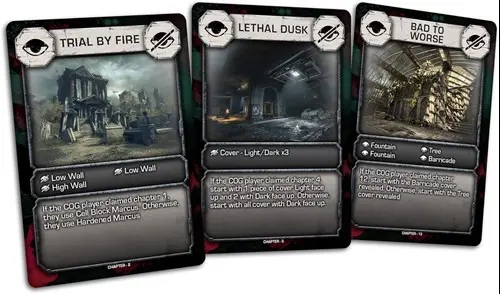
The system means you’re always adapting to what your opponent is doing, leading to a conversational style of play that extends to the new card sets you earn between campaign missions. This leads to tough choices between different options, and while adding a tank to your lineup may seem like an easy decision, it comes at the cost of other offensive options.
Each campaign mission is played in a best-of-three format, which is a nifty way of negating the chance of some poor card draws and maximises the tension when it all comes down to your last few units on round three. That does, however, mean you can expect a full campaign to run you potentially dozens of hours - but you still have the opportunity to jump into any of the scenarios for a quick skirmish, which is a nice option.
So what of combat? Cards line up from reserves, and units can take unoccupied cover from an opponent. Units have attack and defence stats, and sending them to occupied cover will trigger combat.
It’s a numbers game from there, but certain cards have a series of abilities or keyword. Marcus Fenix, for example, can deal extra damage per attack, while other options can buff their comrades. Reaction cards can be played during combat, too, helping surprise your opponent.
The ongoing objective is to deal direct damage to your opponent by attacking their Commander. Combat is fun, and easy to understand, although perhaps lacking in fresh ideas.
The Verdict
Can’t wait for E-Day and don’t want to replay the prior Gears of War titles? This might be the next best thing. The campaign is long but fun, and the unique way of paying for your units gives the Gears of War Card Game something all its own to back up its solid combat.
4.5/5
Review unit provided by the manufacturer. GGRecon uses affiliate links, if you purchase any products from our links we may earn a commission.
Comments

